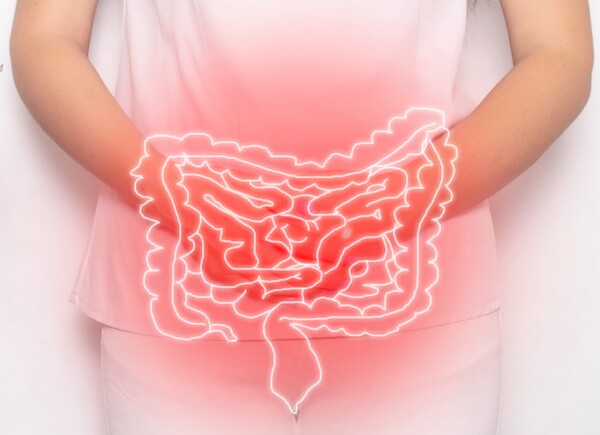
Crohn's disease, an inflammatory bowel disease, was rare. However, it has been increasing recently, and there are estimated to be about 25,000 patients in Korea.
Pediatric Crohn's disease accounts for about 20 percent of the total, with an estimated 5,000 children patients. Pediatric Crohn's disease is similar to adult Crohn's but has different characteristics.
"Unlike adult Crohn's disease, pediatric Crohn's disease affects growth," said Choe Yon-ho, professor of pediatrics at Samsung Medical Center, on a YouTube channel.
Suddenly, a child who was growing well one day has a stomachache, diarrhea, and is not gaining weight, he said, explaining the characteristics of growth disorders in pediatric Crohn's disease.
Even if a child has diarrhea daily due to irritable bowel symptoms, it is normal for a growing child to gain weight. However, this is not the case for children with Crohn's disease.
"When you have Crohn's disease, you lose weight. The child can't eat because it causes more diarrhea. So they don't grow taller and suddenly feel like they've stopped growing," Professor Choe said.
Despite the obvious symptoms of frequent abdominal pain, diarrhea, and stunted growth, Crohn's disease in children is currently late in diagnosis. It's not until the inflammation becomes chronic, leading to anal fistulas and anal abscesses, that patients often seek medical attention and are diagnosed with Crohn's disease. However, there are ways to diagnose pediatric Crohn's disease early.
"If you have intestinal symptoms and lose weight, you should suspect pediatric Crohn's disease," Professor Choe said. "The easiest test is a blood test, which shows elevated levels of inflammation in the body. Usually, diarrhea caused by an irritable bowel does not increase inflammation, but in Crohn's disease, inflammation is elevated in the blood test."
Pediatric Crohn's disease is currently treated with nutritional therapy and medication, and treatment outcomes have improved significantly from the past.
"For children and adolescent patients, there is a treatment called exclusive nutrition therapy, meaning that instead of rice, there is a separate food for Crohn's patients," Choe said. "It comes in packs like astronauts' food, which helps to make the ulcers disappear and enable patients to resume the growth."
Exclusive nutrition therapy involves eating a fully hydrolyzed nutritional diet three times a day. While it is effective in treating Crohn's disease, it is not practical for a young patient to live on a powdered food diet in water alone. Therefore, treatment is now complemented by more aggressive drug therapy.
There are reasons for such a change in treatment. Because pediatric Crohn's is a chronic disease, it starts with inflammation, and over time, the intestines become narrowed, fistulized, and eventually destroyed. It is hard for children to recognize when the disease is getting worse. The treatment strategy for pediatric Crohn's has also changed in recent years, as researchers have found new treatments for Crohn's that can be used when the disease gets worse.
In the early stages of Crohn's disease, the first step is to treat the inflammation, usually with steroids. In the second stage, immunomodulatory drugs, such as MTX and azathioprine, are used, and in the third stage, injectable drugs, including biologics, are used when the disease worsens. However, this step-up approach can lead to strictures. This is why more than half of adult Crohn's patients undergo surgery.
The latest treatment strategy is a top-down approach.
"Nowadays, biologics are used in advance to prevent strictures by blocking them in the middle of the disease," Choe said. "With this treatment, there are patients in such a state of remission that they can switch from step-up to step-down," he said, explaining the benefits of top-down treatment.
If the goal of treating Crohn's disease is to make symptoms disappear, they can stop using steroids in the first stage, Choe explained. However, the ultimate objective is to reach remission through mucosal healing, so the top-down strategy is the right approach, he added.
"In my 10 years of experience, I am seeing a tendency to get closer to a cure because good drugs are used in the early inflammatory phase and prevent the process of narrowing in advance," Choe said. “The treatment outcomes of pediatric Crohn's disease are also improving with the new strategy.”

